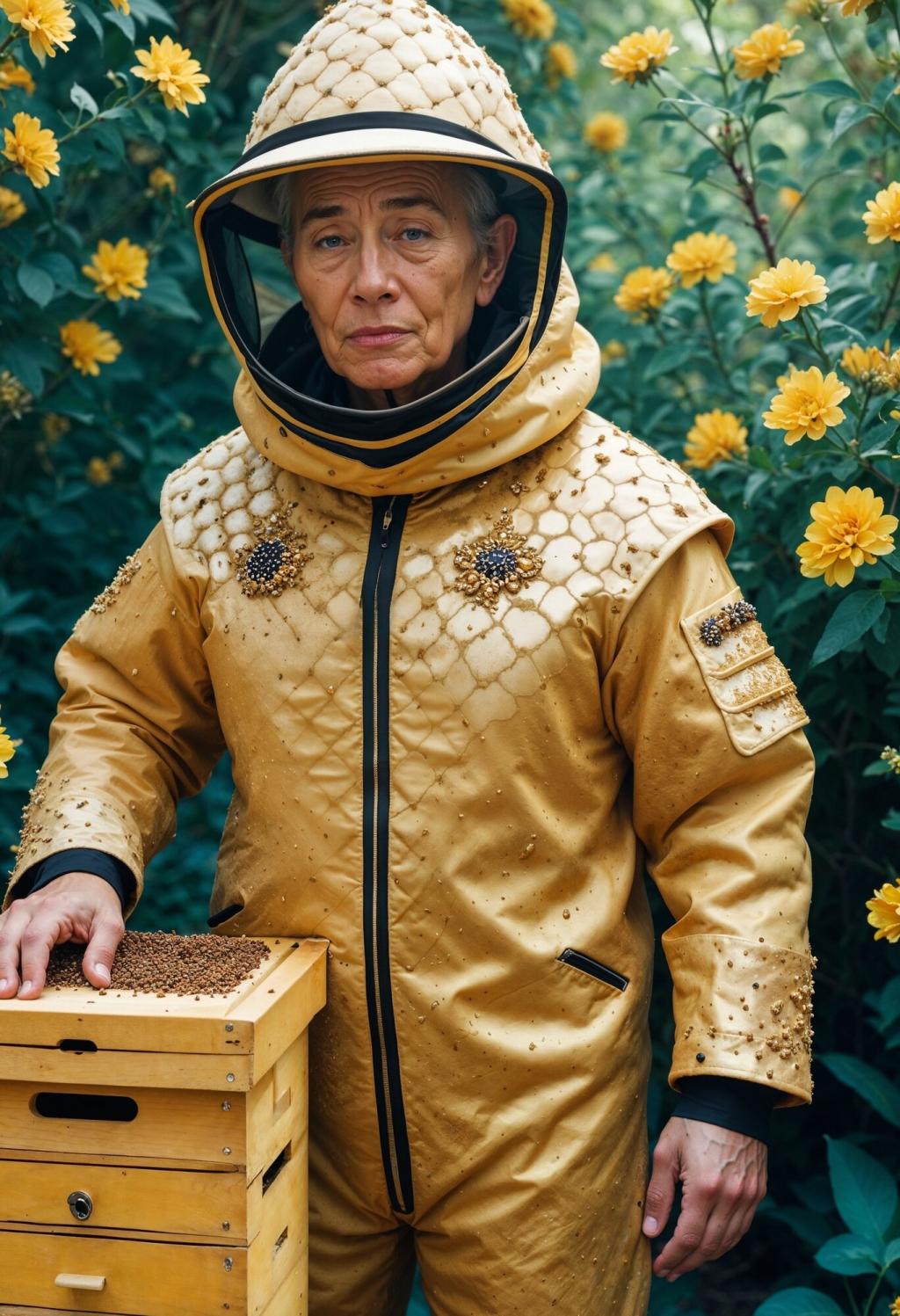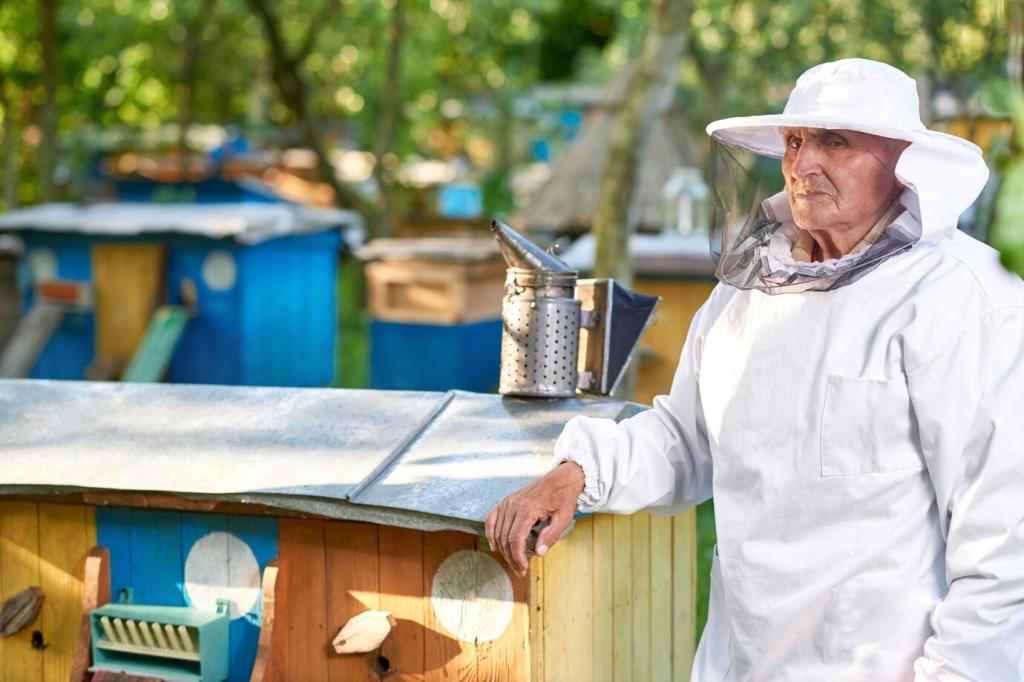The Environmental Impact of Urban Beekeeping
Urban beekeeping has become an increasingly popular practice in cities worldwide, offering not just a hobby for urban dwellers but also an opportunity to contribute to environmental sustainability. While bringing honeybees into urban environments can yield a range of benefits, from supporting pollination to fostering green awareness, it is crucial to understand the full spectrum of its environmental impacts. By examining both the positive and negative aspects, urban communities can make informed decisions about integrating beekeeping into city life while ensuring ecological balance and biodiversity.


Previous slide
Next slide
Benefits to Urban Green Spaces
Enhanced Pollination Services
With honeybee hives established in cities, the availability of pollination services increases, benefiting not only ornamental gardens but also community food gardens and small-scale urban agriculture. This heightened pollination activity can lead to better fruit and vegetable yields, encouraging city residents to engage more directly with food production. Moreover, healthier plants contribute to improved air quality and greater urban biodiversity.
Encouragement of Urban Planting Initiatives
The presence of urban beehives is often a catalyst for planting initiatives, as communities seek to support their local bee populations with appropriate forage. This can result in more flowering plants, trees, and green rooftops, all of which improve urban aesthetics and environmental quality. Efforts to create pollinator-friendly corridors and green trails can also provide valuable habitats for other wildlife, amplifying the ecosystem benefits of urban beekeeping.
Community Awareness and Stewardship
One of the often-overlooked benefits of urban beekeeping is the role it plays in fostering environmental stewardship among city residents. Beekeepers and their neighbors typically become more aware of the interconnectedness of urban ecosystems, which can increase support for broader environmental initiatives. As interest in pollinator health grows, so too does community action aimed at reducing pesticide use, creating more diverse habitats, and promoting sustainability within city limits.
Disease Transmission and Hive Management
One significant challenge associated with urban beekeeping is the heightened risk of disease transmission among closely situated hives. Urban areas often host a high density of managed bee colonies, which can facilitate the spread of pests and pathogens, not only between hives but also to wild pollinator populations. Effective hive management, regular monitoring, and adherence to best practices are crucial to minimizing disease-related risks and maintaining the overall health of urban pollinators.
Overcrowding and Resource Competition
In cities where green spaces are limited, the introduction of numerous honeybee hives can lead to overcrowding and increased competition for resources. Honeybees, as highly efficient foragers, may dominate available flower patches, leaving native pollinators with insufficient forage. Over time, this can reduce the populations of other important urban insects, impacting biodiversity and the resilience of urban ecosystems. Strategic planning and spatial distribution of hives are necessary to mitigate these effects and protect urban biodiversity.
Human-Wildlife Interactions
As beekeeping takes root in cities, interactions between bees and people inevitably increase. While bees are generally non-aggressive, the presence of large numbers can cause concern among residents, especially those with allergies. Additionally, the attraction of bees to water sources and food waste can sometimes lead to nuisance or safety issues. Clear communication, public education, and sensible placement of hives can help manage these interactions and ensure a harmonious coexistence between bees and city dwellers.
Previous slide
Next slide
